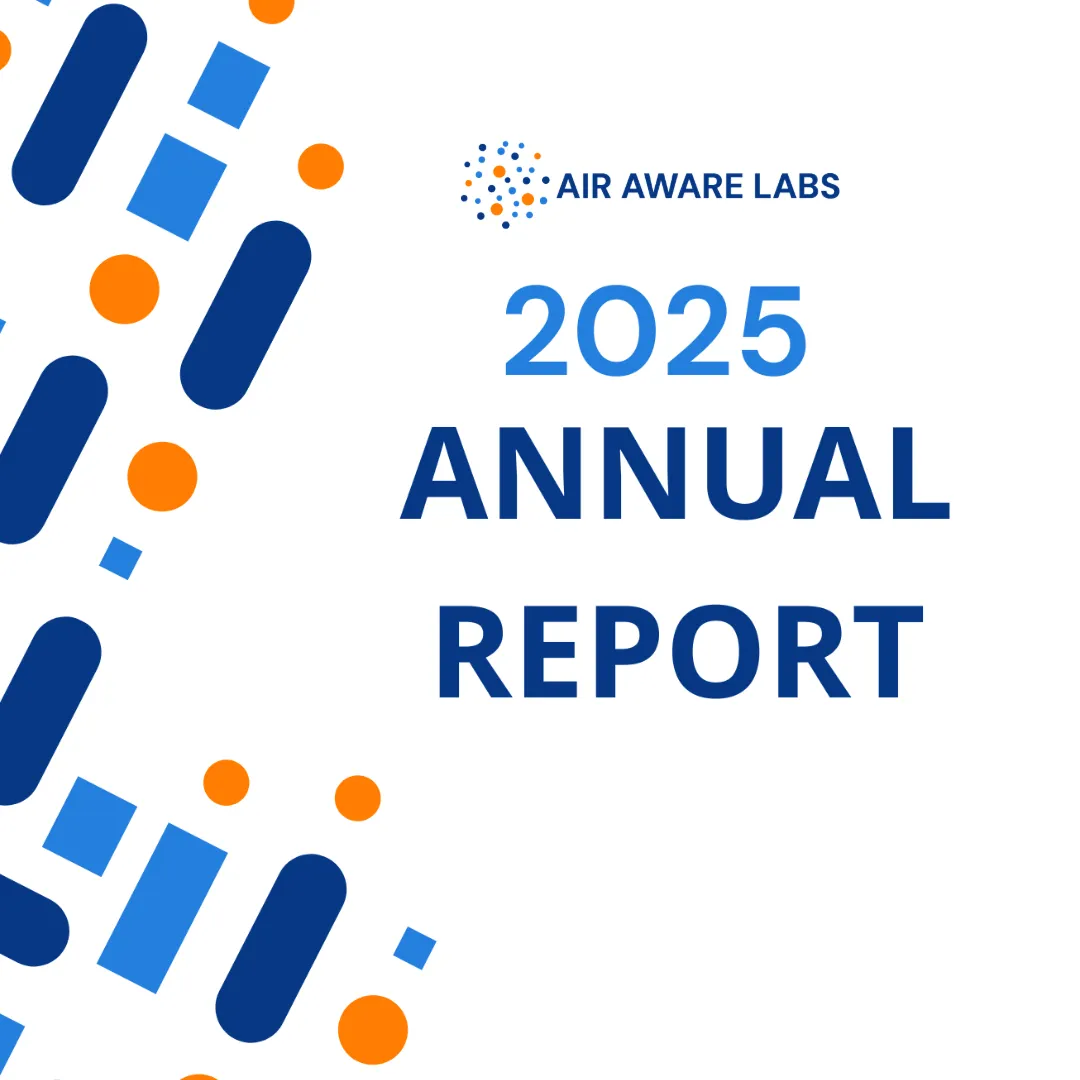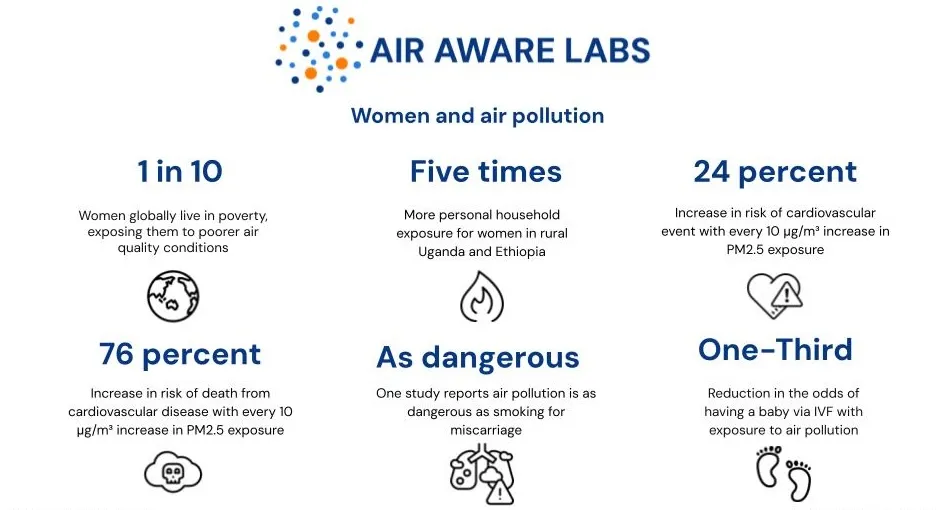Tracking Air Quality, One Workout at a Time
Athletes are deeply invested in their health, performance, and recovery. Yet, air pollution—something that affects all three—has traditionally not been possible to measure for active individuals. AirTrack, Air Aware Labs’ groundbreaking platform, collects air pollution exposure data across thousands of workouts, allowing us to understand and reduce exposure for everyone.
Today, we investigate the influence of nitrogen dioxide (NO2) on sport. NO2 is caused by fossil fuel combustion such as vehicle exhaust emissions or coal burning. High levels of NO2 impair respiratory health, which can be especially bad during intense physical activities like running or cycling. By pinpointing where and when exposure peaks, AirTrack enables users to make smarter choices for healthier, cleaner workouts, while raising awareness of pollution’s impact on fitness and performance.
Football: A Local Game with High Exposure
Football has a global reach, but it is often played in densely populated urban spaces—parks, school fields, and near to streets. Its accessibility encourages spontaneous games, fitting well into busy schedules, especially after work hours. However, playing in city hotspots can come with a hidden cost of NO2 exposure.
According to our user data, football ranks as the sport with the highest average NO2 exposure, at 29 micrograms per cubic metre (µg/m³), reflecting both the popularity of the sport in urban areas and the increased likelihood of exposure to traffic-related pollutants. By identifying peak pollution times and areas, AirTrack can help organisers and footballers, both recreational and professional, make informed choices about when and where to play.
Cycling vs. Running: The Commuter Effect
Cycling—including e-biking—ranks second in exposure levels at 25 µg/m³, followed closely by running. This pattern is partly driven by what we call the "commuter effect": more people cycle to work than run, and with the rise of micro-mobility options like e-bikes, even more are choosing cycling as a viable commuting option in cities.
Interestingly, while running outpaces walking in exposure levels in our dataset, this might reflect a bias—many users tend to log walking as a Strava activity when in the countryside, where pollution levels are generally lower. For urban athletes, AirTrack’s insights into pollution exposure can help guide route and timing choices to optimise both performance and health.
Insights for Training and Commuting
AirTrack’s personalised data reveals how air quality varies significantly with time and location. For instance, running early in the morning, before traffic builds, can noticeably reduce NO2 exposure, while training or commuting through high-traffic areas often leads to levels exceeding the legal NO2 annual threshold of 40 µg/m³.
The map below illustrates how AirTrack’s exposure insights helped Will adjust his training for the Lisbon Marathon, resulting in notably lower exposure. Such data enables athletes to optimise their routines strategically, supporting both health and performance, particularly in competitive settings.
Stay tuned for new features and updates from AirTrack, and join us in our mission to personalise air quality for athletes worldwide.
.png)


.svg)











